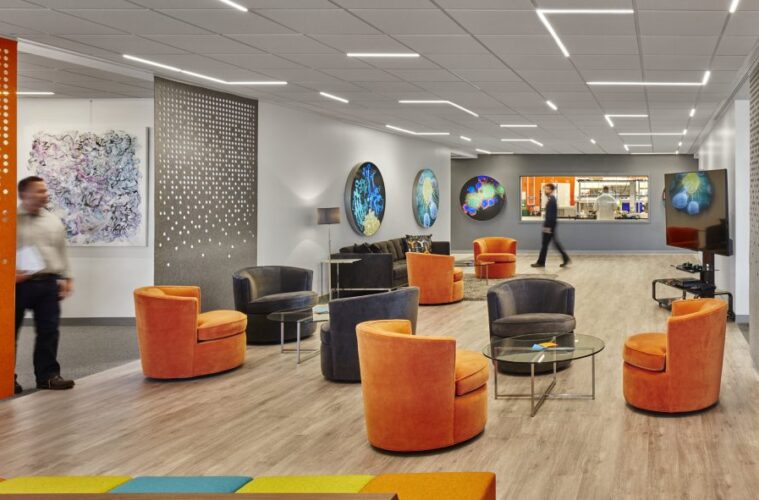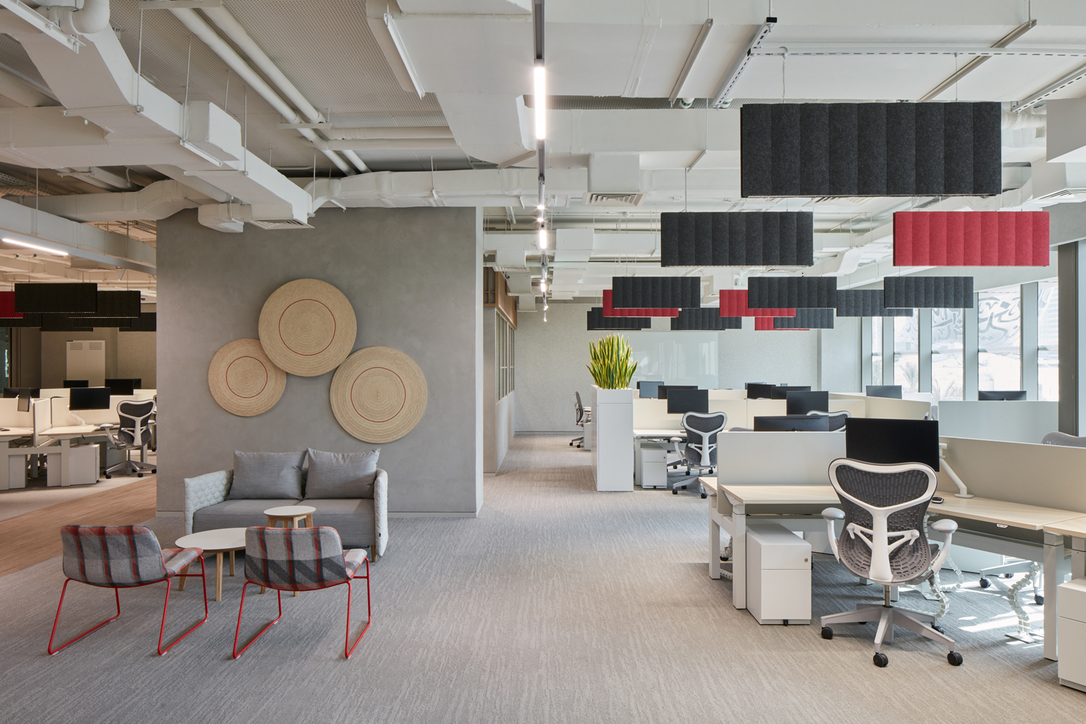Despite slowed growth and mass project cancellations in 2020, it seems that the architecture sector still has the potential to bounce back. Economic growth projections assign the global architecture market a CAGR of 4.7 percent until 2028, according to Grand View Research. The enthusiasm with which most architecture firms and companies plan to reopen their doors for new hires, as well as their refusal to increase their rates, likely have much to do with this positive outlook for the industry.
What’s more, the steady increase of investments in commercial real estate and residential properties adds a lot of credence to this prediction. The recovery of the architecture sector is definitely going to be helped by the latest advancements in tech that architects have been honing and developing for use in their craft. Here are some of the most promising ones.
Advanced 3D Printing
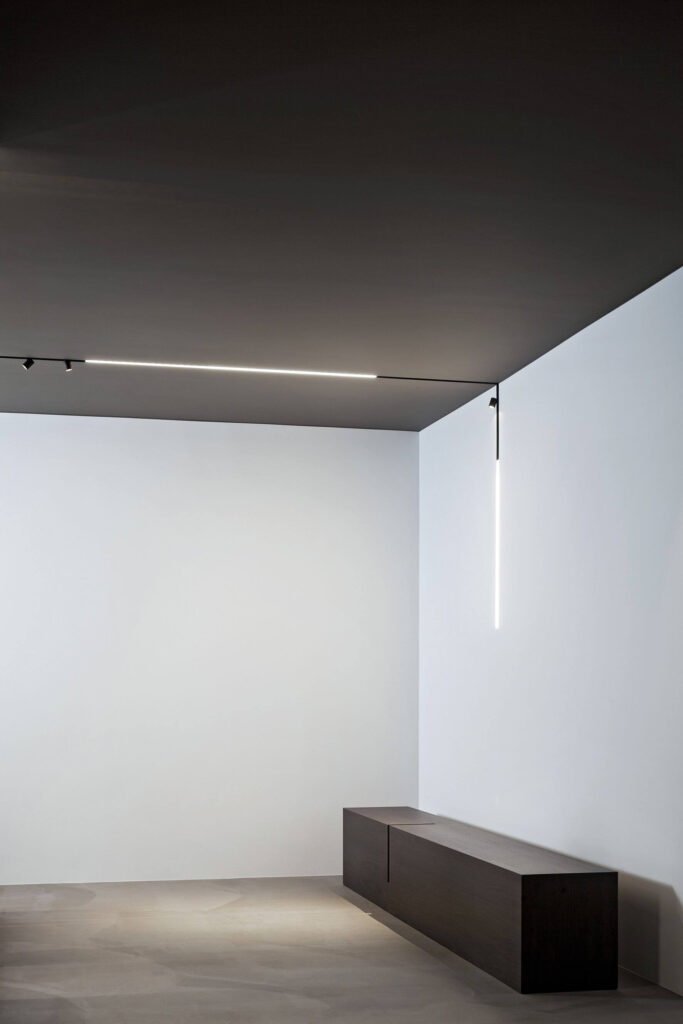
source: pinterest.com
In the context of architecture, 3D printing seems like a natural progression from computer-aided drafting. Its main function lies in quickly fabricating scale models, cutting down the time it takes to build one by hand to a fraction of what it once was. It also eliminates hang-ups that come from minute errors or revisions to the scale model. Instead of having to take it apart and rebuild, architects can simply reprint a portion or the entirety of the model.
This isn’t the only thing that 3D printing can excel at, however. As additive manufacturing improves, industrial-scale 3D printers will soon be able to fabricate entire structures such as houses, bridges, and buildings. This has yet to get past its experimental stage, but 3D printing has proven time and again that it has the potential to produce creations with better strength and longevity than their traditionally made counterparts.
The Smart Revolution
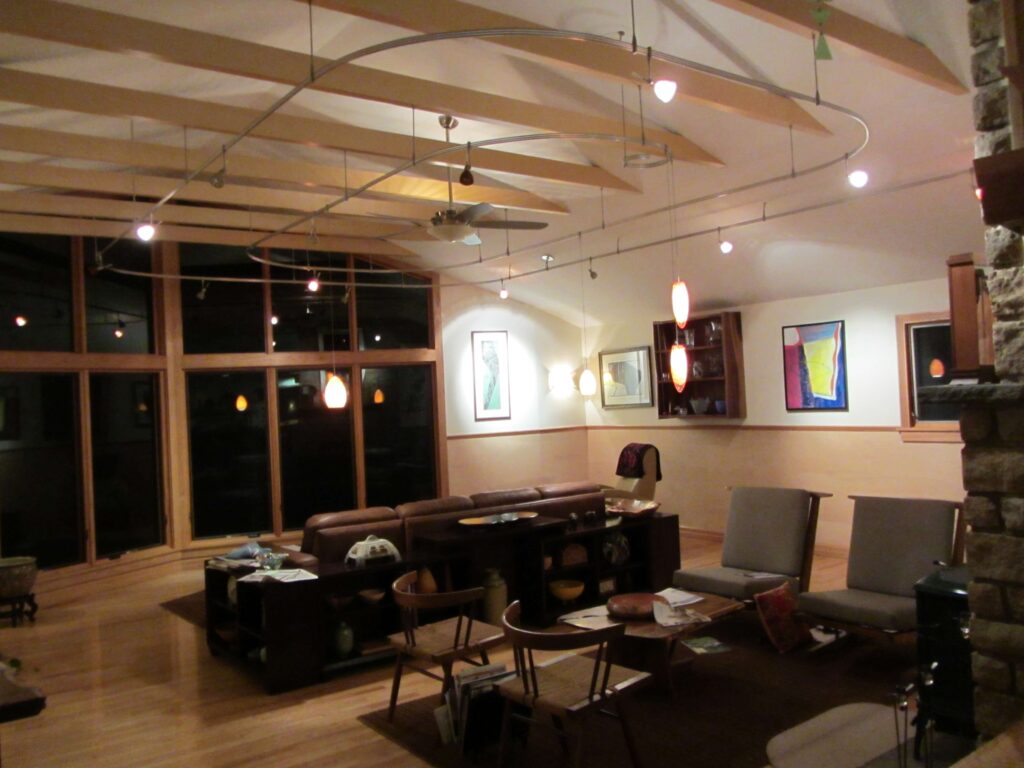
With the advent of the Internet of Things upon us and all manner of other interconnectivity concepts springing up, it would seem that the first wave of novelty smart gadgets and appliances was only the beginning. Smart tech is poised to increase in complexity exponentially, and the architectural sector stands to benefit immensely from this.
One way is by real-time Building Information Modeling. BIM is a framework that ensures that everyone working on a project is updated in real-time about changes and development in every aspect of the design. With IoT, architects and engineers can check vital info about an in-progress build, such as material strength, temperature, stability, and other factors. This allows them to make quick corrections while the build is underway so that things don’t go awry after it’s complete.
This network of IoT sensors would prove even more useful after the structure is operational, however. The sensors can collect data about energy usage, foot traffic, and other everyday factors. This informs maintenance and improvement efforts, as well as provides data for improving future designs. This data will also be invaluable for sustainability research and supply chain optimization.
Digital Sketchbooks and Photorealistic Rendering
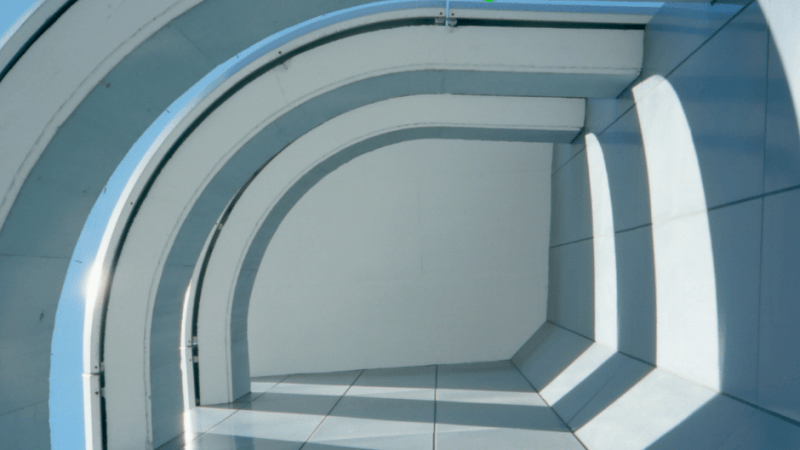
source: hitechledhvac.com
On the individual level, advancements in personal devices have made it easier for architects to produce and present their sketches. Traditional sketchbooks are slowly getting replaced by high tech digital sketchbooks, which make it much easier to share designs to colleagues and clients. Like all digital data, digital sketches also take up no space in the office, require no messy sketching materials to produce, are virtually immune to destruction thanks to the cloud and data preservation methods, and can minimize human error.
This is complemented greatly by the photorealism that can be achieved by modern rendering. With professional rendering services, there is essentially no more need to render designs in-house too. You can simply send over a design to be quickly rendered, and you’ll receive an interactive and accurate 3D representation of what it would look like once built, thus allowing architects to make tweaks and corrections that are just as accurate. The process of designing from sketchbook to render has never been so streamlined.
Virtual Reality and its Sister Technologies
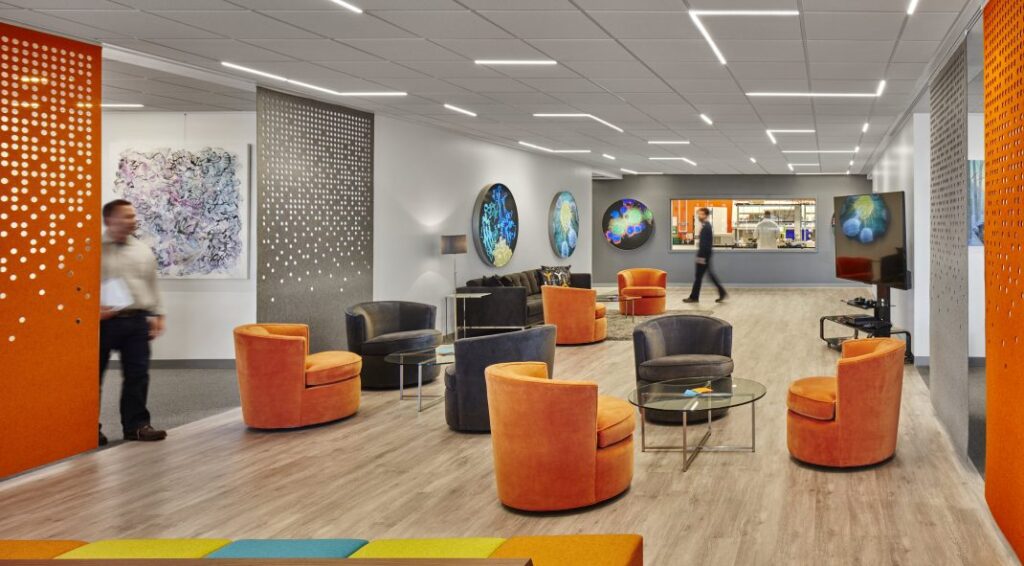
Virtual reality can be considered the tech buzzword of the century, and this is not without good reason. The potential benefits it can deliver to design-based fields such as architecture are innumerable. VR can immerse designers in the blueprint itself, setting them onto the floor of their choosing so they can examine the design in a one-to-one scale. Or, they can virtually stand on street-level, looking up at a photorealistic 3D render of a building that doesn’t exist yet. Other perspectives, such as from a distant building, on the roof of the model, and a bird’s eye view are all theoretically available as well, giving the designers unparalleled liberty in the way they want to examine their model.
Alongside VR are its sister technologies, augmented reality and the much younger mixed reality. AR has long been touted as this revolutionary tech that will bring the information age to the real world with overlays and readouts, and we’re starting to see how significant that is to architecture with recent developments. A major example was exhibited by Seattle’s BNBuilders, who back in March 2020 showcased AR models of their planned interiors to their clients via their Apple devices. AR can deliver similar benefits to VR.
While not as immersive, it gives viewers a highly accurate window into what a design will look like on the fly. Mixed reality on the other hand has yet to show just how potent it can be for architecture, but speculated uses include interactive projected BIMs, similar to holograms. This has already begun to see use in larger and more tech-led firms, but time will tell just how much this technology will benefit the field within the next few years.
As with so many other sectors in the design world, tech has been accelerating to make up for the time lost in 2020. Judging by how much architecture tech has advanced, it would seem that it will do more than just compensate for those losses in the future

